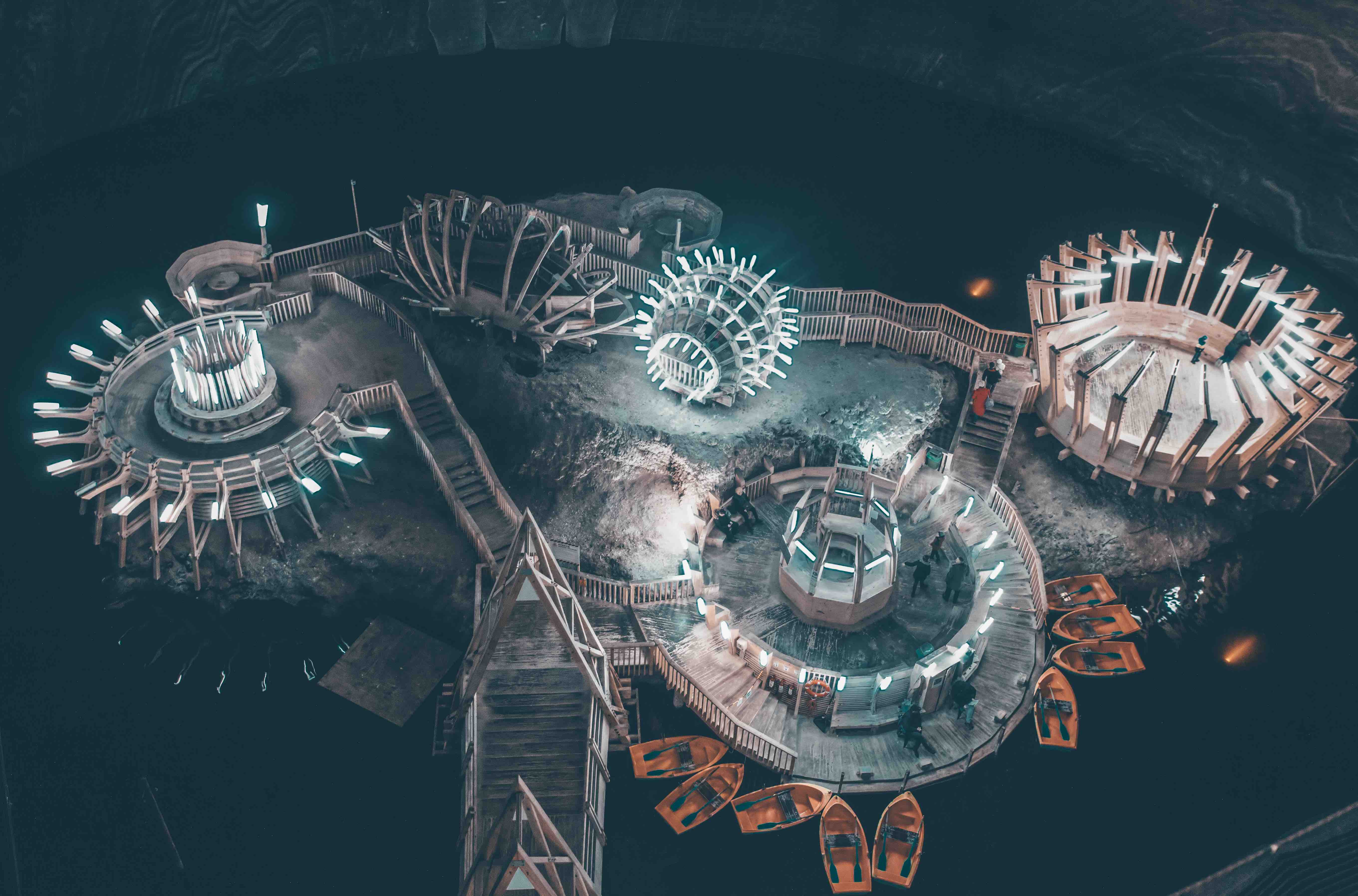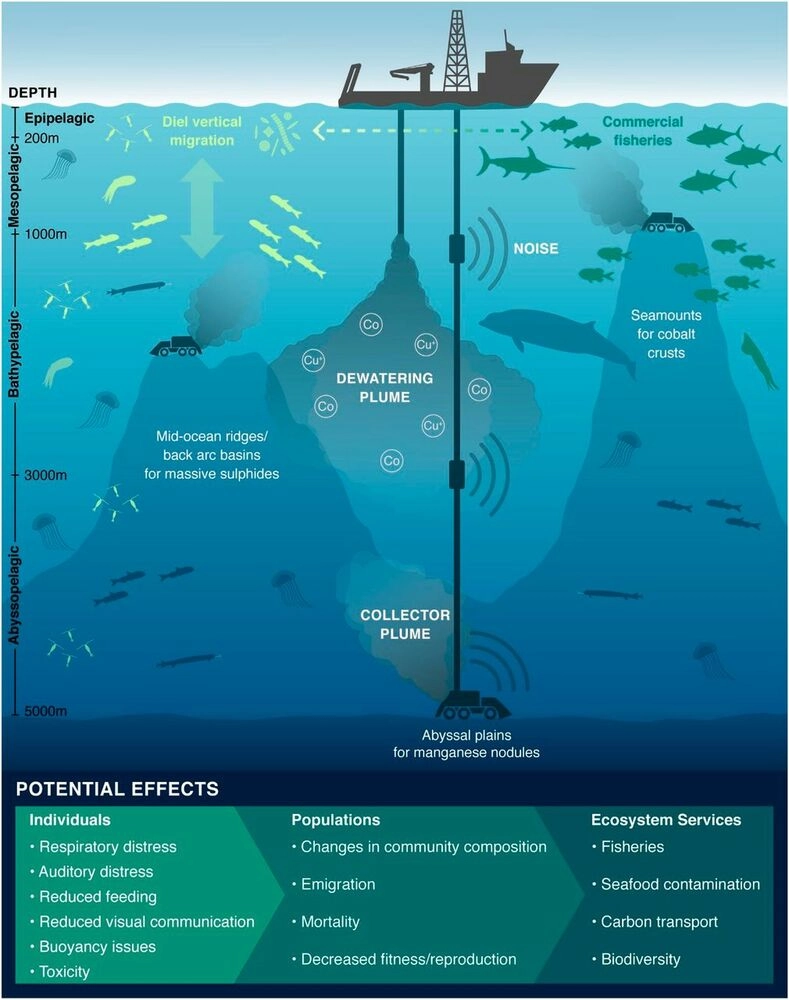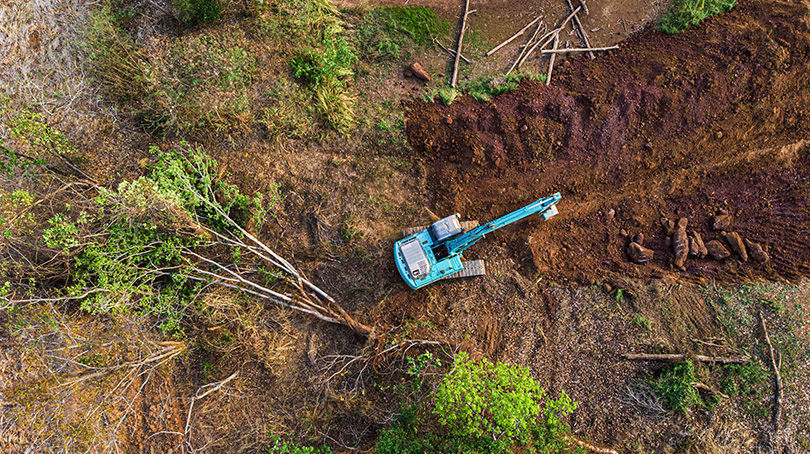
Exploring the Deep Sea: Uncharted Wonders Await
The Earth’s oceans, spanning over 70 percent of our planet, hold an intriguing and fascinating mystery. Despite numerous scientific achievements, over 80 percent of the ocean floor is yet to be explored and is shrouded in the unknown.
Recent discoveries, such as the identification of over 19,000 undersea volcanoes called seamounts, emphasize the dynamic nature of our planet and highlight how little we know about the deep sea.It’s surprising to know that a large part of the ocean remains unexplored and unseen by humans. In reality, only 5% of the ocean has been explored and charted so far. Within these uncharted depths lie countless unknown species, like the whimsical Biremis spaghetti worm and quirky rubber squirrel, eagerly waiting for their chance to amaze us.
With its irresistible allure and unfathomable depths, the deep sea presents an opportunity to uncover secrets that could redefine our knowledge of life, ecology, and the delicate balance of our oceans. It serves as a poignant reminder that there are unexplored territories, unsolved puzzles, and remarkable wonders awaiting discovery in the vastness of our world.
Mounting Pressure on International Seabed Authority: Calls for a Halt to Deep-Sea Mining
Pressure is mounting on the International Seabed Authority (ISA), a UN body based in Jamaica, to halt deep-sea mining activities. Following recent negotiations that concluded without the approval of regulations, concerns over potential environmental harm have prompted countries like France, Spain, and Germany to call for a temporary halt or complete ban on mining operations.
Since the passing of the deadline for provisional licenses on July 9, there is no news and the uncertainty surrounding the approval process is only growing, as a regulatory framework has yet to be established. Moreover, there is a lack of clarity regarding how these licenses will be evaluated, leaving many questions unanswered.
While over a dozen countries have supported a moratorium or ban, the final decision rests with the Council’s 36 members. A mere 12 votes favoring deep-sea mining could pave the way for its continuation.
Experts predict that it could take anywhere from six to over 20 years to gather enough data to protect the marine environment from deep-sea mining. Additionally, there are concerns about how revenue would be distributed and how companies seeking sponsorship would be reviewed and regulated for their activities in deep-sea mining.
UNCLOS: Uncovering Oceanic Riches, Navigating the Deep-Seabed Regulatory Abyss
Deep beneath the ocean’s surface, where many secrets and darkness prevails, a new era of regulation is impounding. The United Nations Convention on the Law of the Sea (UNCLOS) serves as the guiding force, illuminating the way for deep-sea activities.
While coastal waters fall under national jurisdiction, the international community recognizes the deep seabed as a “common heritage of mankind” that must be cherished because of its economic benefits to mankind and the marine population.
ISA wears a regulatory cape, granting exploration licenses and enforcing rules. More than 30 licenses have already been issued, mainly in the mysterious CCZ. CCZ spans 4.5 million square kilometers (1.7 million square miles) between Hawaii and Mexico, calling forth daring miners.
Mindful of potential environmental impacts, mining companies must conduct thorough assessments to protect fragile marine ecosystems. As progress surges forward, ongoing efforts aim to refine regulations, safeguard the ocean’s health, and ensure fair distribution of benefits.
Unveiling the Ecological Perils: Deep-Sea Mining’s Impact on Biodiversity and Ecosystem Health
Each mining operation is projected to strip mine an area of 8,000 to 9,000 square kilometers over a 30-year period. Biodiversity and the delicate balance of the ocean suffer in silence, their fate entwined with the whims of these mining operations. A disturbance caused by a single mining operation could affect up to 32,000 square kilometers over 20 years, an area larger than Belgium.
Slow-growing and vulnerable species, such as the Greenland shark, which reaches maturity after 150 years and has a lifespan of at least 270 years, are at risk due to physical disturbance. Noise pollution from mining can reverberate for 500 kilometers, disrupting species’ communication and ability to detect prey and predators, potentially endangering migratory whales.
Mining activities in the deep sea harm delicate marine life in more ways than one can count by generating sediment plumes seafood supply chain gets contaminated with toxic metals. These plumes disrupt essential filter-feeding species, compromising the oceanic food web and posing risks to marine organisms and human consumers. The far-reaching consequences extend beyond mining sites, impacting marine biodiversity and ecosystem health and raising concerns about the irreversible loss of vital ecosystem functions due to deep-sea mining. For instance, in a deep-sea mining experiment conducted 1989 in the Peru Basin, biodiversity had not recovered from nodule mining even after 26 years.
 Potential impacts from deep-sea mining © Amanda Dillon, Courtesy of Drazen
Potential impacts from deep-sea mining © Amanda Dillon, Courtesy of Drazen
Deep-sea mining continues to cast a shadow of uncertainty over our precious oceanic realms as the delicate balance of biodiversity hangs in the balance. The potential ecological repercussions loom large, with each mining operation spanning vast expanses and leaving behind a trail of disruption. As we navigate the uncharted depths, it becomes evident that the consequences of our actions may be far more profound and enduring than we initially fathom.
The time has come for us to tread cautiously, prioritize rigorous research, and explore alternative solutions to safeguard the intricate tapestry of life beneath the surface of our vast and mysterious oceans.







